ECB Governing Council member Martins Kazaks said in an interview that the PEPP emergency asset purchase program would still end as scheduled in March, despite Omicron.
“At the current moment, we don’t know how the omicron variant will develop,” Kazaks said. “Unless it spills over into significant and large negative revisions to the outlook for growth, I don’t see that March — which the market has been expecting for some time and which we’ve been communicating in the past — should be changed.”
“At the moment we simply know too little about omicron,” he said. “I see it important to remain data-driven and make our decisions step by step. So react to the data, rather than preempt decisions when uncertainty is way too high.”
“If in February we see that it’s painful then of course we can change our views and that’s the issue of flexibility,” he said. “In my view, it’s possible both to restart PEPP or increase the envelope if it turns out to be necessary.”
On inflation, Kazaks said, “to exactly what level will it land in 2023-24, of course, there’s lots of uncertainty.” Nevertheless, “my baseline remains that it slides to below 2%.”





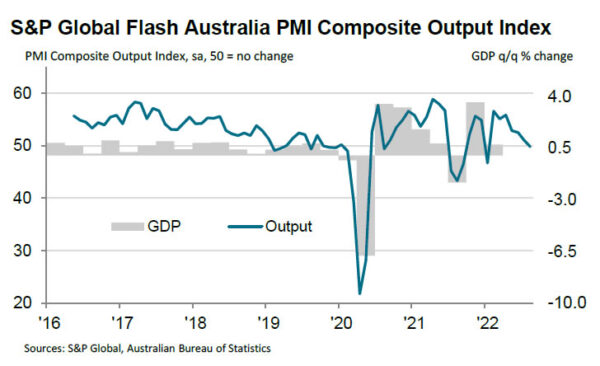
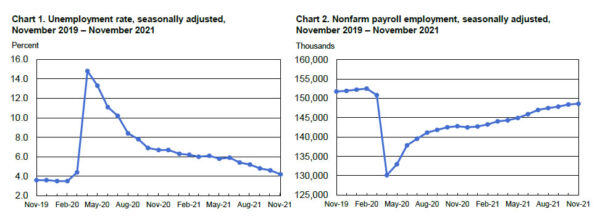

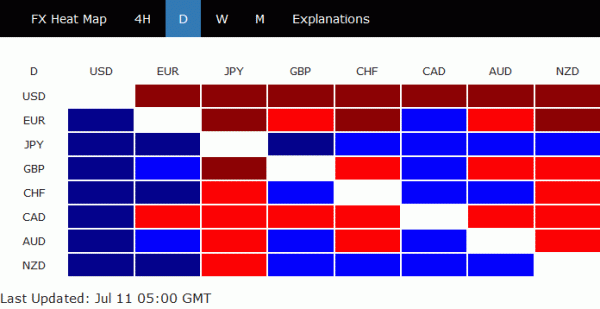
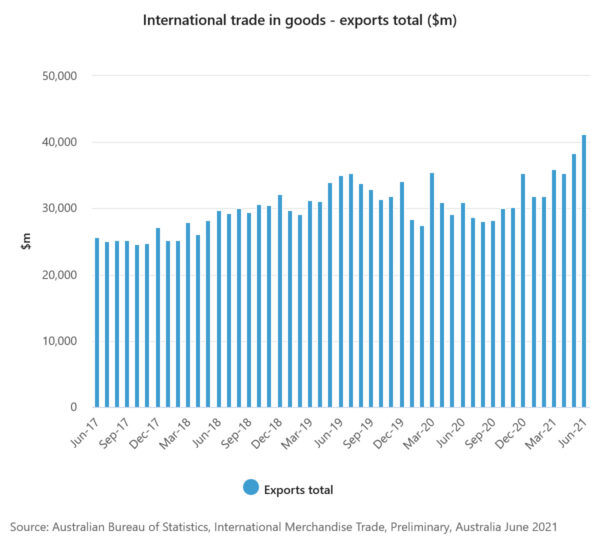
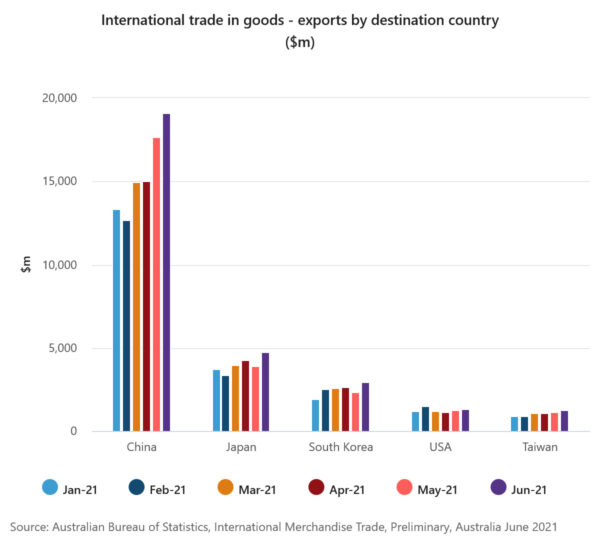

BoJ Wakatabe: Dangers of secular stagnation and Japanification not yet passed
BoJ Deputy Governor Masazumi Wakatabe said, “the mild-inflation regime has not come to an end, and we should say that the potential dangers of secular stagnation and Japanification have not yet passed.”
“When an exogenous shock occurs, there is an adjustment from the old to a new price system. After adjustment, the rising inflation rate is likely to return to the steady-state inflation rate,” he said.
“So the important point is how this rate is affected. Of course, it is possible that cost-push factors will remain, but whether they will push up the steady-state inflation rate is uncertain,” Wakatabe said, adding that it was “well known that cost-push inflation does not last long.”